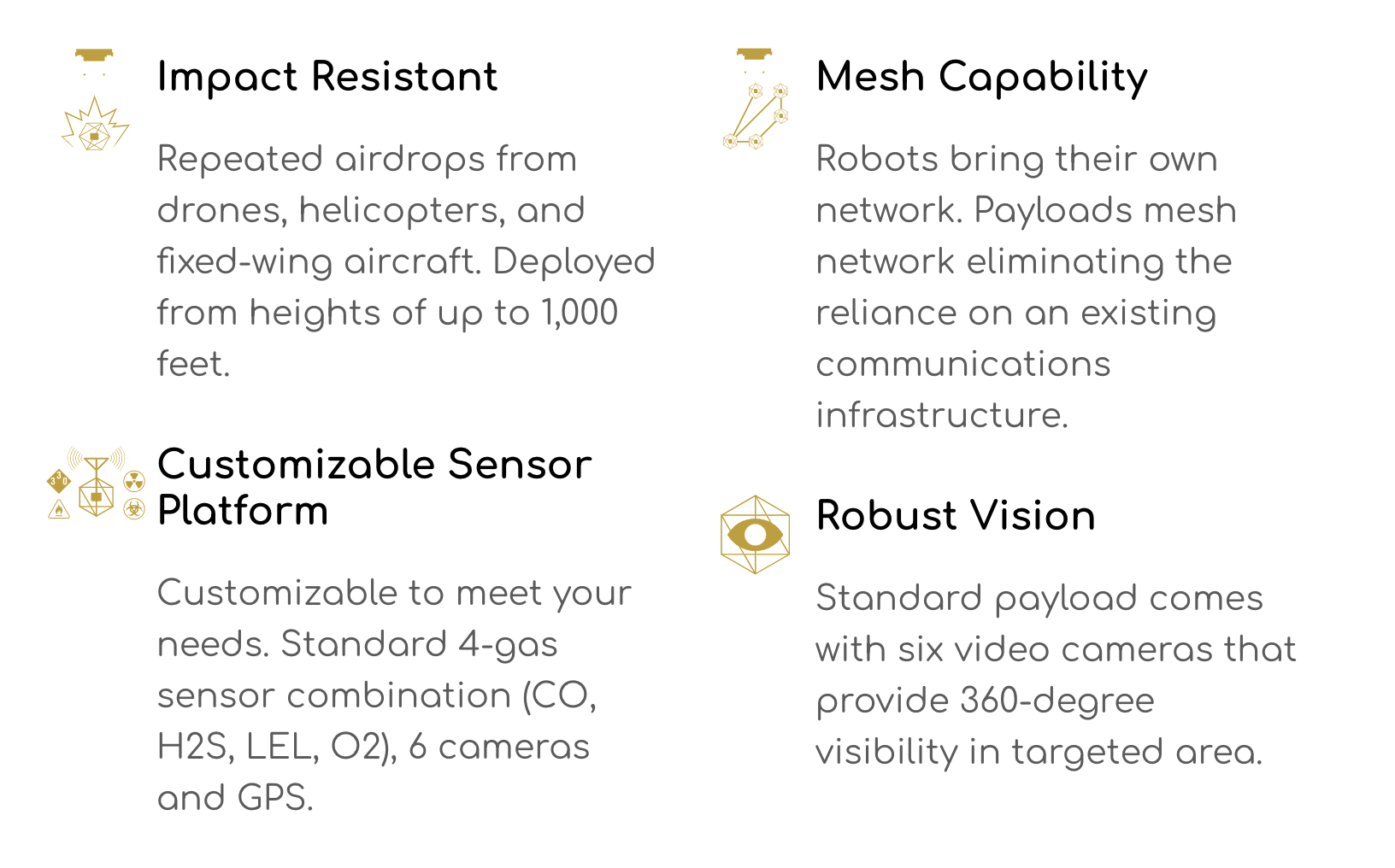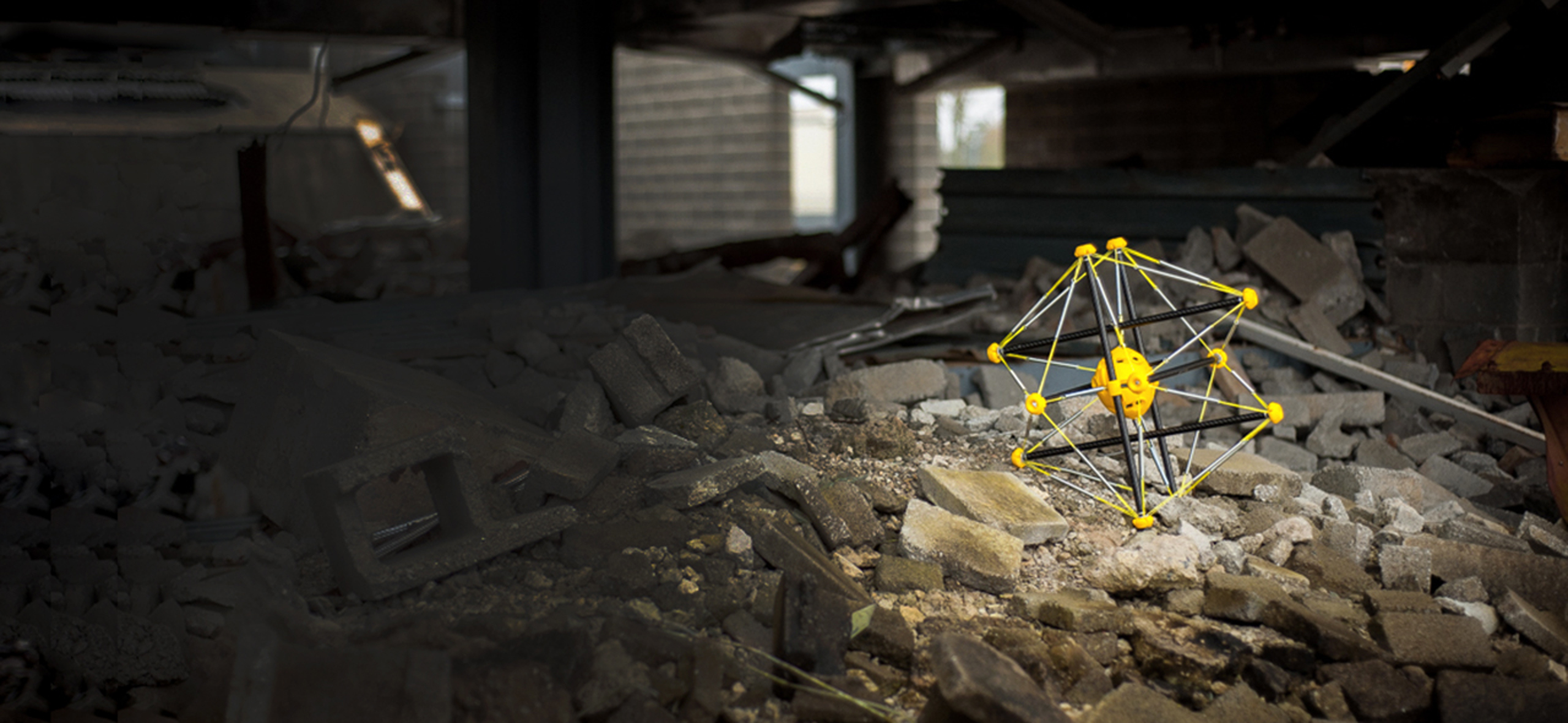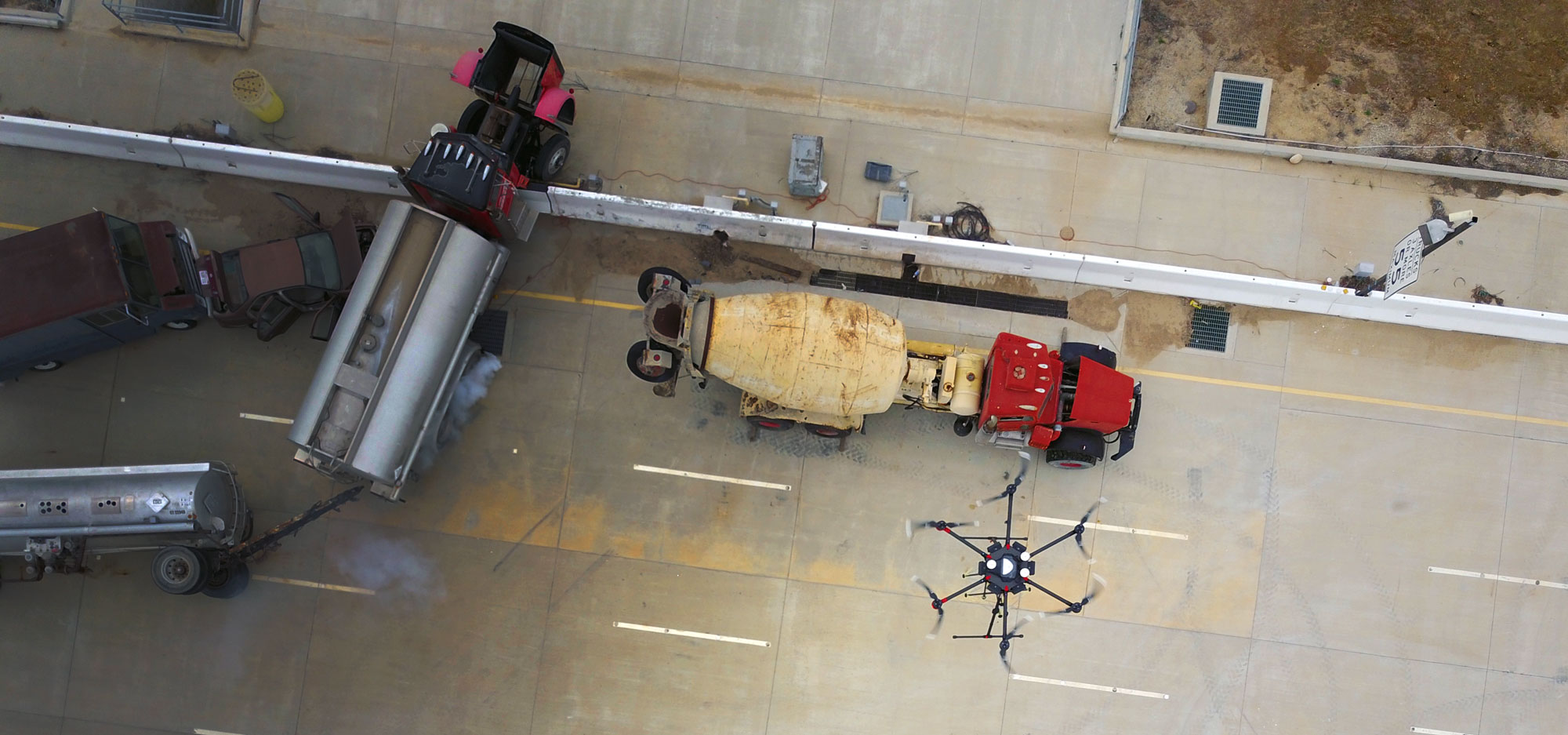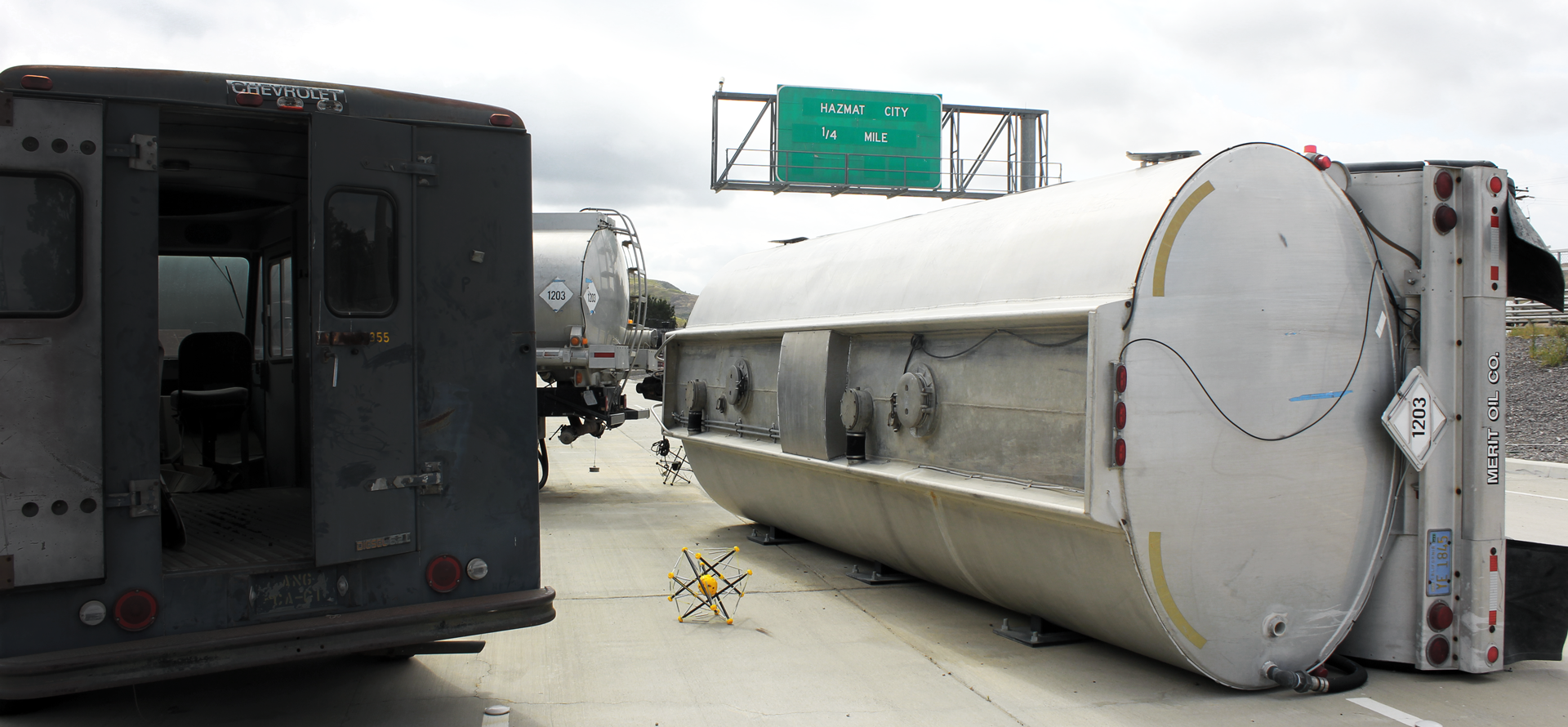By Scott Simmie, InDro Robotics
When we think of robots, a few different images can come to mind.
You might envision something like Spot, the dog-like ground robot built by Boston Dynamics. You might also think of an Uncrewed Ground Vehicle, or UGV, such as the AgileX Scout 2.0. You might even think of a walking, talking machine from some sci-fi film. And sure, they’re all robots. For that matter, even a Roomba vacuum cleaner is a robot.
Before we hop in further, we’d like to drop in this definition, from Brittanica.com:
“any automatically operated machine that replaces human effort, though it may not resemble human beings in appearance or perform functions in a humanlike manner. By extension, robotics is the engineering discipline dealing with the design, construction, and operation of robots.”
Robots can come in unexpected shapes and sizes
Today, we’re going to look at a very atypical robot that really intrigues us. It’s made by a US company called Squishy Robotics. Why Squishy? Well, it’s because of the form factor of these unique devices. They are, actually, squishy. And that form factor allows Squishy’s robots to do things that others cannot.
Let’s take a look at an introductory video. It gives a great high-level overview of what the product does, and why it’s built the way it is:
Use-case scenarios
As you likely noted in the video, these robots can be dropped from significant heights without damage. So in situations where you can’t easily get a drone to the ground, they can be deployed simply by dropping them from the air. Squishy has done tests dropping from up to 1,000′ from fixed-wing crewed aircraft and helicopters. (In North America, drones are generally limited to 400′ Above Ground Level).
As the Squishy website explains, “We provide sensor robots that can be air-deployed into hazardous areas to furnish persistent, ground-level, real-time data for your operations.”
Static or mobile
The company has two different flavours of Squishy Robots. One version is static, and simply reports back from a stationary position after it’s been dropped (or tossed). There’s also a version that can move itself using a rolling motion. Here’s CEO and Co-Founder Dr. Alice Agogino:
“We have both a Stationary Robot and a Mobile Robot. Our Stationary Robot is currently being used by several pilot partners,” she says. “Of course, some situations require mobility, but our customer discovery determined that deploying our stationary tensegrity sensor unit (either by drone or by tossing) provided an ideal solution to improve the efficiency and increase the safety of emergency responders and the public. The robot’s six camera and sensor could provide—and continuously update—the immediate situational awareness that emergency personnel need to respond to a crisis.”
And these little devices do a lot. We’ve borrowed, with permission, this graphic from the Squishy Robotics website. It helps to explain what its robots do:

There are multiple use-cases for such a device. Imagine, for example, there’s been a dangerous gas leak. One of the Squishy Robots comes equipped with a sensor that can ‘sniff’ the levels of four different gases: CO, H2S, LEL, O2. That same robot has six cameras for full 360° coverage and a GPS. Because it creates its own mesh network, data can be shared with its operator even in situations where a cellular network is down.
We asked Dr. Agogino what she feels differentiates the company’s products from other robots.
“A key differentiator is that our air-deployed robots can get to places that ground robots cannot easily access,” she says.
“We can fly over rivers or wreckage and debris from natural disasters, for example. Some ground robots can manage travel around such obstacles, but our tensegrity robots can get there faster and send data sooner than a ground-based robot. Our robots can also be deployed by humans—someone can easily throw or toss one of our lightweight robots over a fence or a rescuer could drop them down a mineshaft or into a cave. Those actions aren’t possible with a heavy robot with so many breakable components.”

How did Squishy Robotics begin?
Good question. And the answer is found on the company’s website.
“Squishy Robotics is a spinoff of research at UC Berkeley with NASA to develop planetary probes for space exploration. The probe could orbit a planet and drop to the surface and survive to provide scientific monitoring. Squishy Robotics has commercialized this technology for a range of applications on planet Earth: disaster response, military applications, Industrial Internet of Things (IIoT), and package delivery.”
We can certainly envision situations where these devices could be put to good use in the Public Safety, Industrial/Enterprise, and even Military sectors. We particularly like that these devices could be safely dropped by drone, meaning decision-makers would be able to gather more data before dispatching human beings into potentially hazardous situations.
A solid team
Squishy Robotics is a majority female-owned startup. CEO Dr. Alice Agogino’s research has included work on machine learning, sensor fusion and a specialty called “tensegrity robotics” – which was referred to earlier. We looked up a definition for this one, and found the following here:
“Soft spherical tensegrity robots are novel steerable mobile robotic platforms that are compliant, lightweight, and robust. The geometry of these robots is suitable for rolling locomotion, and they achieve this motion by properly deforming their structures using carefully chosen actuation strategies.”



What’s next for Squishy Robotics?
We asked Dr. Agogino that question. And it looks like there are some interesting developments on the horizon.
“We are working to develop an innovative solution for increasing the number of methane inspections and the quality of recorded measurement data with our robots,” she says.
“Methane is the second most common greenhouse gas and accounts for approximately 20 percent of global emissions. Identifying methane emissions requires improved tracking and analysis and will need to incorporate tracking at remote and often unmanned sources, such as at orphan wells and pipelines.”
Squishy Robots are currently being deployed – with very positive results – by a number of partners. In fact, the capabilities of these devices were designed with those end-users in mind.
“We listened to our future users and honed our robots to their specifications and needs. I think that is why we get positive feedback from virtually all the First Responder and military personnel that have tested and used our robots,” says Dr. Agogino.
“We have several ongoing pilot partnerships with U.S. fire departments that are putting our robots to work out in the field in real life emergencies.”
InDro’s Take:
We’re alway keeping our eyes out for unusual robots that break the mold and offer something of value. Squishy Robotics definitely fits this criteria. The ability to drop these devices from a significant height – directly into a situation that could be very hazardous for humans – is something we haven’t seen elsewhere. It doesn’t surprise us that this design emerged from research for planetary exploration.
And now, these devices are available for exploration on our own planet. If you’d like more information, you’ll find it at the Squishy Robotics website.
Oh, and if you’re aware of another intriguing robot you think we should write about, feel free to flag me here.

